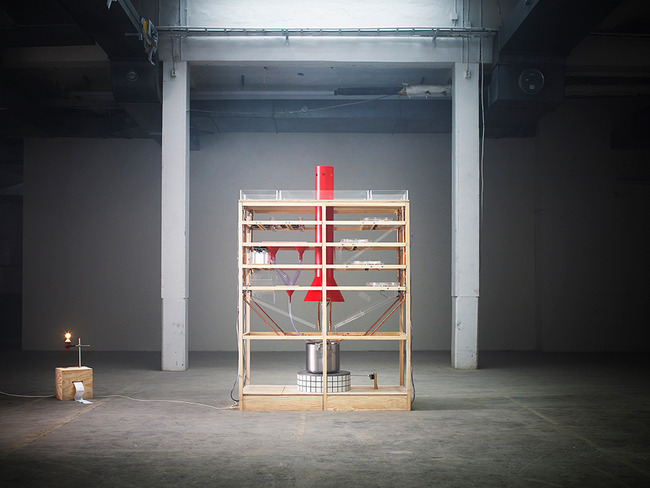Even oceans need trash cans. The Seabin is a dock-based automated rubbish bin that catches floating plastic, oil and fuels. Australian surfers Andrew Turton, 40, and Peter Ceglinski, 37, developed the bin after witnessing growing pollution in marinas.
"I used to be a product designer," says Ceglinski. "When I realised we didn't need the plastic products I was making, I quit my job." Ceglinski found an old factory in Palma de Mallorca, Spain, and transformed it into a Seabin workshop, where he also lives.
Seabin
Ceglinski's invention offers a 24/7 alternative to the expensive "trash boats" traditionally used by harbours and marinas, which clean by scooping up rubbish in nets. The Seabin is most efficient in the marina's problem spots, where predominant currents amass heavy pollution. It's estimated to catch up to 1.5kg of rubbish per day - removing around half a tonne per year from the 250,000 tonnes the oceans are believed to hold.
Don't miss
How to make the Great Pacific Garbage Patch history
The Seabin is fixed to a floating dock, above the water surface. A pump creates a flow that sucks rubbish inside a recycled polyethylene bin and into a natural-fibre bag. The water is then pumped back into the marina. And don't worry about fish getting trapped: in four years, the Seabins haven't caught a single one. "Fish simply stay away from the surface and the current that the Seabin produces," says Ceglinski. If any did get caught, they would be freed by marina staff while emptying the bin.
An Indiegogo campaign collected over $267,000 (£189,000) in January, prompting Malta to express interest in installing Seabins around its island. "An eco-label programme advised 250 marinas on its mailing list to get a Seabin to increase their rating," says Ceglinski.
Eight backers paid the $3,825 campaign price for their exclusive prototype, but the eventual market price shouldn't exceed €3,000 (£2,300). French manufacturer Poralu Marine is making and distributing the first Seabins, which are scheduled to be ready to ship in late 2016.






































